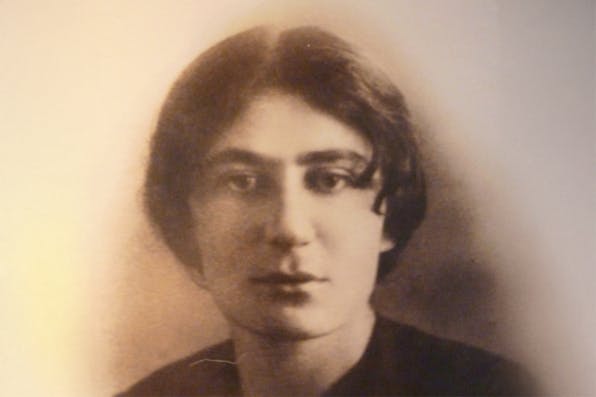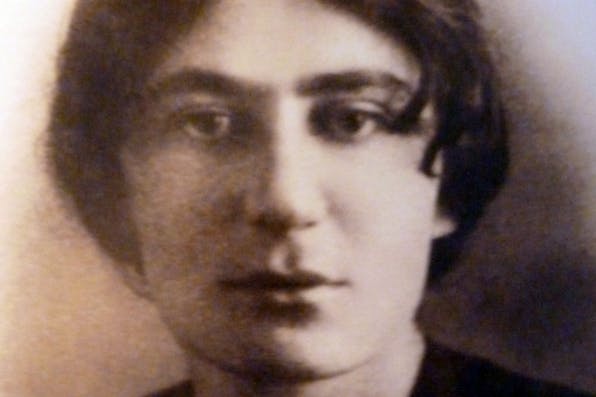
June 11, 2018
In the Poems of Rahel, We Recognize Ourselves
In their seeming simplicity, they convey an intricately layered, acutely realized, and intensely moving human vision.
If the poet Raḥel steps forth so vividly and splendidly in Hillel Halkin’s latest Mosaic essay, that is in part because he has, in eight preceding landmark essays on major figures in the modern Hebrew revival, given us a tradition against which to measure her.
This fuller context is part of his—and his subject’s—achievement. At a time when people are assessing the career of the late Philip Roth—a bit of a leap, I know, from the rigors of the early-20th-century yishuv to mid-century Newark, NJ, but that’s my point—Halkin’s latest entry reminds us of the difference a shared language makes, allowing writers to speak to each other and even to their biblical forebears as part, even if a combative or rebellious part, of a living Jewish tradition. This is not the case with much American Jewish writing, a body of work often based on ethnic sensibilities or sociological themes rather than on the stuff of the language itself and the lived cultural institutions in which it is shared and nurtured.
In what follows, I mean to comment briefly on some of the characteristics and consequences of this difference.


